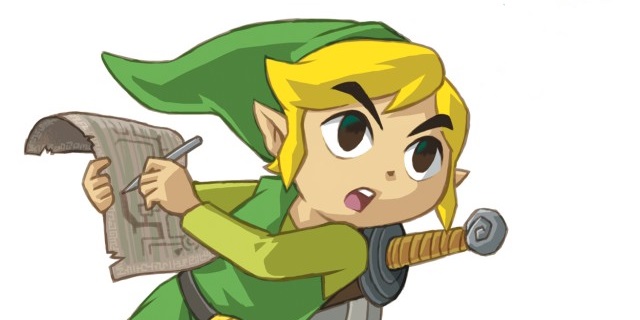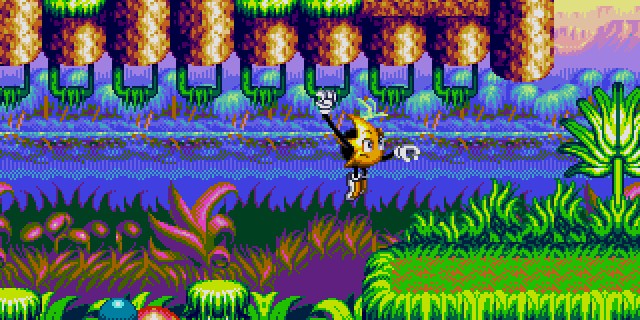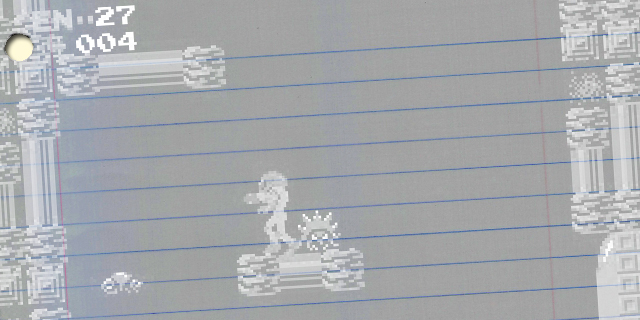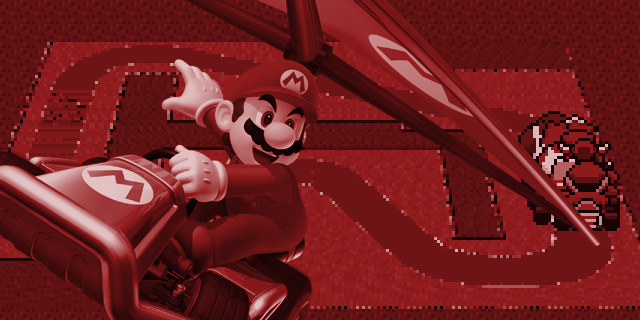
I have a real problem with not finishing things. I’ll read a book cover to cover almost every time, even if I hate it. I’ll never walk out of a movie. If I start watching a TV show, it’s likely that I’ll keep watching despite my level of interest. Games? I have a masochistic attitude. I force myself through to the end of nearly every one I start. Why? Do I see it as a challenge to persevere? Is it a way of suppressing emotions like boredom and continue the goal of completing the game? Does it build discipline? READ MORE
How do you follow a game that not only revitalized a franchise, but also restored many players’ faith in the power of the platformer? 2011’s Rayman Origins combined a refreshing and gorgeous aesthetic with smooth, interesting level design, and had some seriously questioning Mario’s place as the top of the genre.
Rayman Legends follows up in the most straightforward way it can: by stepping up its game in every possible aspect.
READ MORE

Sonic the Hedgehog was the result of a very conscious effort by Sega to improve its image and break into the American market hard enough to shatter Nintendo’s virtual monopoly. Many innovative platforming ideas were considered and discarded, but not all of them were forgotten forever. READ MORE

Genre 101 is a series that looks at the past and present of a game genre to find lessons about what defines it. This time, we get a better sense of the recursive exploration action-platformer from “guest lecturer” Chris Dominowski.
A world, more open
 Chris Dominowski: Before the Famicom, anything more single-screen arcade games was simply too taxing for a home console. Given both technical limitations and an arcade-focused development mentality, the concept of a large, open-world adventure was practically inconceivable to most. On Nintendo’s new platform, a game could combine the platforming skill-based gameplay of Mario and the free-roaming adventure gameplay of Zelda into something entirely new. READ MORE
Chris Dominowski: Before the Famicom, anything more single-screen arcade games was simply too taxing for a home console. Given both technical limitations and an arcade-focused development mentality, the concept of a large, open-world adventure was practically inconceivable to most. On Nintendo’s new platform, a game could combine the platforming skill-based gameplay of Mario and the free-roaming adventure gameplay of Zelda into something entirely new. READ MORE

In From Pixels to Polygons, we examine classic game franchises that have survived the long transition from the 8- or 16-bit era to the current console generation.
Mario Kart brought characters from the Mario franchise and put them together in a rather casual setting, where Bowser wasn’t the villain and Peach didn’t have to be saved. It was just good old-fashioned racing. Since its start in 1992, the series has evolved quite a bit.
READ MORE






 Chris Dominowski: Before the Famicom, anything more single-screen arcade games was simply too taxing for a home console. Given both technical limitations and an arcade-focused development mentality, the concept of a large, open-world adventure was practically inconceivable to most. On Nintendo’s new platform, a game could combine the platforming skill-based gameplay of Mario and the free-roaming adventure gameplay of Zelda into something entirely new.
Chris Dominowski: Before the Famicom, anything more single-screen arcade games was simply too taxing for a home console. Given both technical limitations and an arcade-focused development mentality, the concept of a large, open-world adventure was practically inconceivable to most. On Nintendo’s new platform, a game could combine the platforming skill-based gameplay of Mario and the free-roaming adventure gameplay of Zelda into something entirely new. 
















